Tijuana Cantina & Restaurant Caters to Travelers, Locals
By: W. Scott Koenig
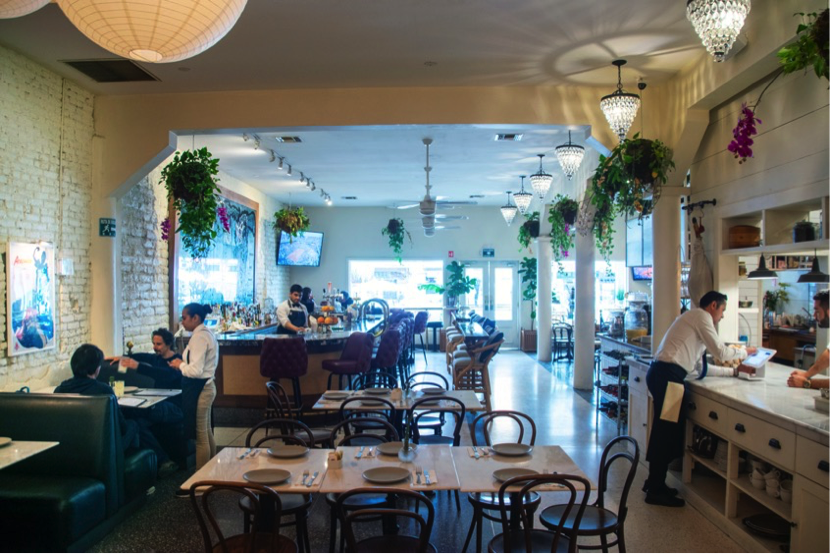
I visited Tijuana for the first time after moving to San Diego in 1994. The Mexicoach—a roundtrip bus service that shuttled day trippers between San Ysidro and Mexico’s westernmost border city—was the easiest way for the uninitiated to get there and back. The bus company dropped passengers off in its cavernous, dimly-lit terminal on Avenida Revolución, the city’s main tourist drag.
The terminal was located between 6th and 7th Streets in a former pasaje (passageway)—capped by a stained-glass ceiling and once lined with souvenir shops that sold Mexican blankets, oversized sombreros, and Baja hoodies. When it premiered in the early 1970s, Mexicoach outfitted the space with terminal seating and a rack of brochures entailing Baja California activities, hotels, and restaurants. A concierge was available to recommend regional points of interest.
As with many businesses and landmarks in the ever-changing, bewildering landscape that is Tijuana, in subsequent years, Mexicoach folded and the space changed hands several times. Today, it sits abandoned after a real estate development proposal for the space fell through a few years ago.
“Tijuana’s ruins are not Mayan or Aztec,” says Wally Von Borstel, one of the partners behind Estación Central, a new cantina and restaurant located two storefronts north of the former terminal. “Our ruins are that bus station, the Jai Alai Palace, and other places that were built during the city’s glory days in the early 20th century. Then, Tijuana was a very elegant place frequented by the Hollywood elite.”
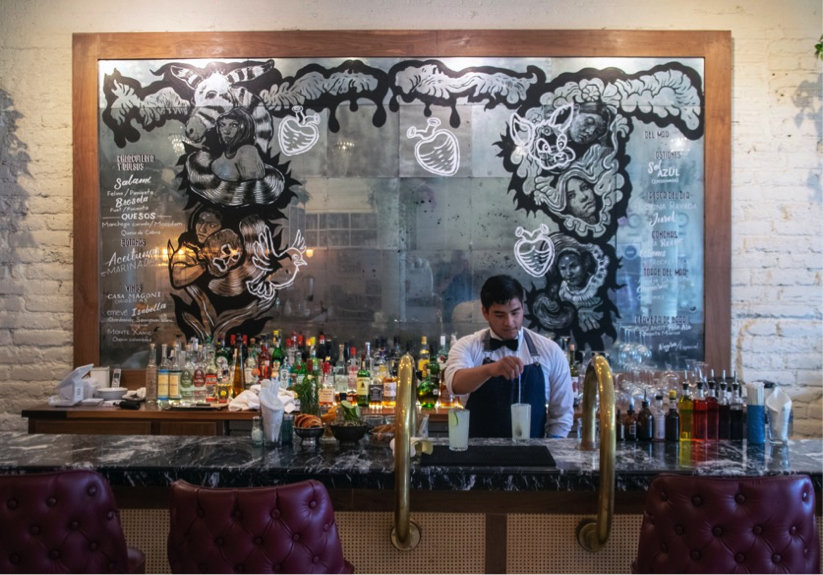
Estación Central. Photo W. Scott Koenig
Estación Central, conceived as an expression of that era, is housed in what was once the Bambi Club, a brothel that opened in the 1940s and didn’t close until the late 1990s. It was then transformed into the Bambi Steakhouse, which quickly shuttered. The location morphed again into two rapidly dilapidating dive bars until Von Borstel and his partners took over the lease in 2018.
“Tijuana’s ruins are not Mayan or Aztec, they are abandoned places that were built during the city’s glory days.”
An archeological excavation of sorts took place during the demo phase. Van Borstel recalls, “There were layers of wall—sheetrock over tile over drywall. There was a very childish mural of a scene from the movie Bambi, leftover from the building’s days as a strip club. We finally hit brick, which is very sturdy and 8 inches deep. You can’t find materials like that anymore.” The brick is painted white and the restaurant’s bright, welcoming interior is overlaid in white tile and other monochromatic finishes.
Design touches harken to an earlier era, including bronze fixtures and terrazzo flooring. Posters in the restaurant are rendered in art deco style and depict Avenida Revolución as well as a classic convertible cruising down Baja California’s Costa Dorada (Gold Coast). Front of house staff is attired in suspenders, bowties, and crisply starched white shirts.
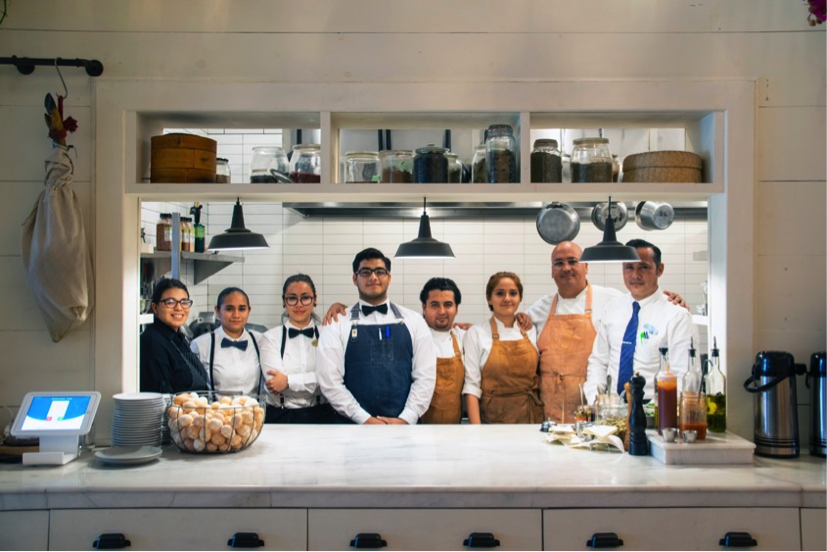
Staff at Estación Central. Photo W. Scott Koenig
Keeping with the spirit of a classic bus terminal, the owners envision Estación Central as the first and last stop a visitor to the northern peninsula might make—replete with a concierge desk. “Our name is meant to evoke Central Station in New York City. A place for travelers to visit, get information and have a cup of coffee or breakfast before moving on to their destination. And maybe enjoy a cocktail on their way back,” Van Borstel shares. Eventually, Estación Central will boast a walkup coffee bar and a gift shop.
“Our name is meant to evoke Central Station in New York City. A place for travelers to visit, eat, drink and get information.”
The cantina—anchored by a marble-topped bar lined with plush, burgundy leather seats—serves cocktails that pay homage to Avenida Revolución’s period as a red-light and entertainment district. One can order an El Bambi or a Sans Souci, christened after another former brothel. There’s also the El Mike’s, a mix of mezcal, pineapple, lemon, and agave syrup named for the long-gone music venue of the same name. “Mike’s launched in the 1960s and was located on the same block as the bus terminal,” Van Borstel reminisces. “A lot of bands played there, including the Doors and Nirvana.”
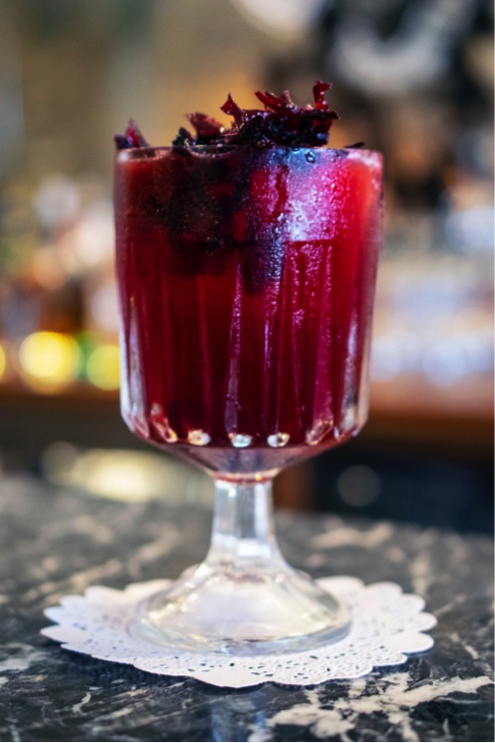
The El Flamingo cocktail. Photo W. Scott Koenig
The cantina has its own menu of “elevated” bar food that lists small plates, charcuterie, and raw and cooked seafood offerings. Their delectable oysters Rockefeller are prepared simply in the classic style of New Orleans with breadcrumbs, parsley, butter, and garlic. There’s no cheese or bacon in the presentation, allowing the oyster’s natural briny flavor to take center stage.
“There are a lot of different interpretations of oysters Rockefeller,” according to culinary director and partner Ernesto Jiminez McFarland. “I wanted ours to compare to oysters you might find in France. Our goal is to showcase a variety of international cuisines, including that of Baja California. But here, you’ll be able to have Baja Med paired with a nice French wine.”
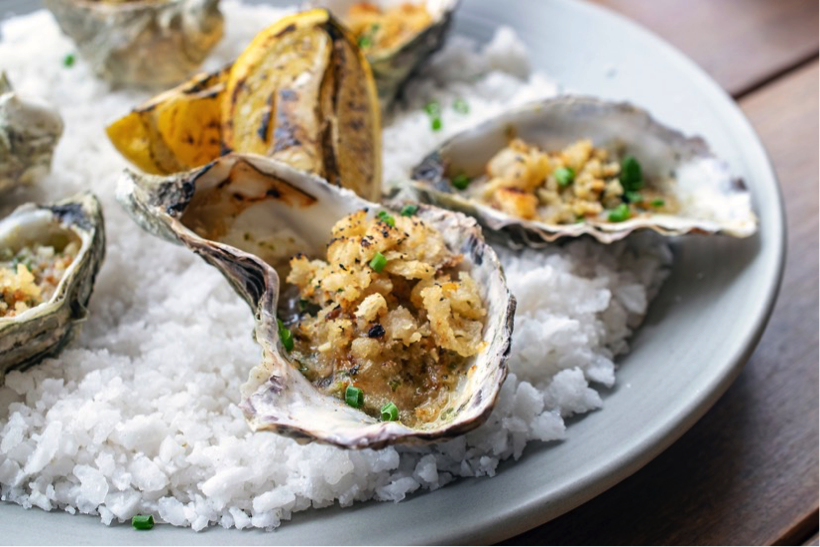 Oysters Rockefeller. Photo W. Scott Koenig
Oysters Rockefeller. Photo W. Scott Koenig
The fried octopus is an example of a Baja California-inspired dish, albeit with a European flair. “Our chef de cuisine, Carlos Bañuelos, trained in Spain after graduating from the Tijuana Culinary Art School. There, he learned to tenderize octopus in salt,” Jiminez shares. The dish is served with a generous amount of fresh dill. Jiminez explains, “We cure our own salmon that we serve as a plate or sandwich, so we have plenty of dill on hand.”
When pressed about the unusual complement—at least compared with the abundance of other pulpo preparations served throughout Baja California—Jiminez explains, “We are a cantina that happens to serve food. If you go to a restaurant, there’s a certain expectation. A cantina can get away with a little more.”
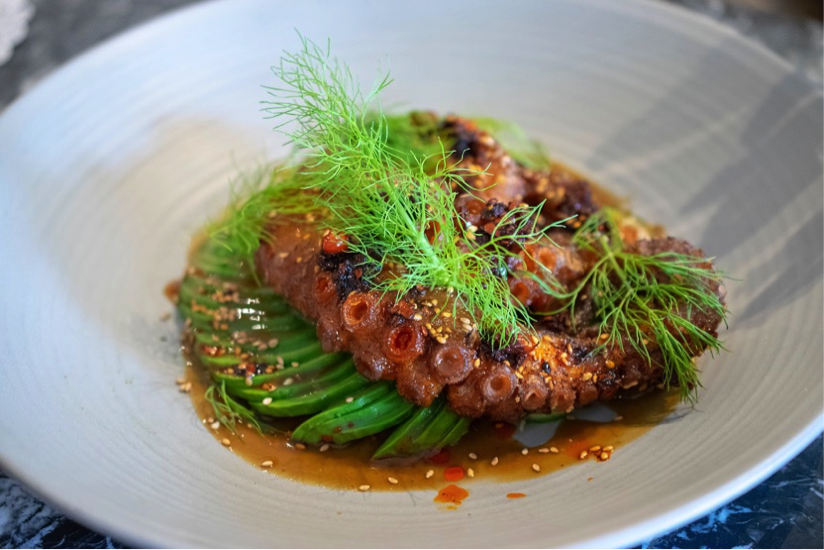 Octopus with dill. Photo W. Scott Koenig
Octopus with dill. Photo W. Scott Koenig
There’s also a café menu featuring breakfasts, salads, and paninis. Not to be missed is the El Romano, a sandwich of Italian-style porchetta topped with broccolini and melty fontina cheese. “We make our own porchetta from pork that we purchase from a local butchery that’s been operating in Tijuana for over fifty years,” Jiminez reveals. It’s a wholly-satisfying, savory affair served with a side of earthy, pickled beetroot and sweetly spicy friggitello peppers.
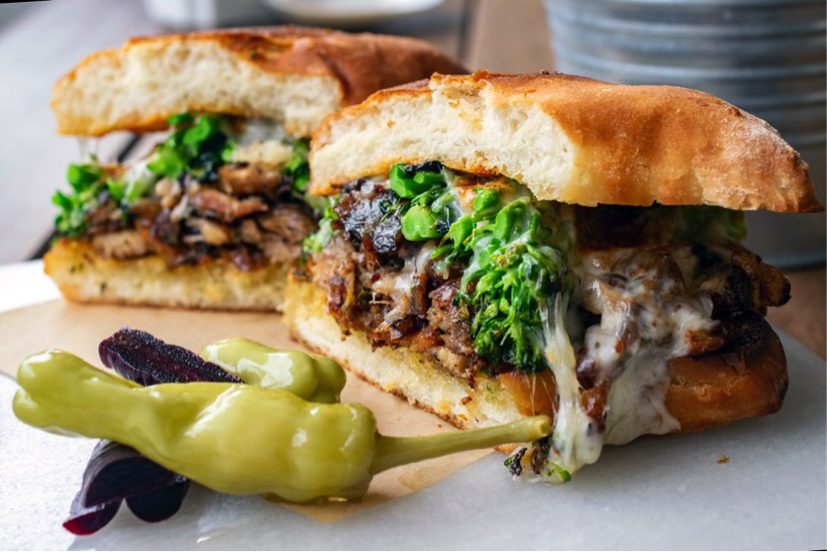 Panini of Porchetta. Photo W. Scott Koenig
Panini of Porchetta. Photo W. Scott Koenig
Estación Central will soon offer a “one sheet” dinner menu that changes weekly, or daily, depending on what ingredients are fresh and available. Jiminez states, “We might have duck—which we source locally—or ribeye, porchetta, and lamb. We also want to serve pasta Carbonaro and tomahawk steaks, prepared tableside.”
Before opening Estación Central, Van Borstal and Jiminez designed Greyhound bus stations all over Mexico. That experience, paired with the restaurant’s international culinary offerings, make the cantina and restaurant an enticing rendezvous for travelers in search of information, a cocktail, an exceptional meal and an appetite for Tijuana’s golden era.
Estación Central is located at 1241 Avenida Revolución in Tijuana between 6th and 7th Streets. Hours are 8AM-10PM Mon-Thu, 8AM-1AM Fri-Sat and 9AM-8PM Sun. For more information or to make reservations, call +52 664 688 1017 or visit www.estacioncentraltijuana.com.
Disclaimer: The author enjoyed several dishes and drinks compliments of the house. No other compensation was received for writing this review and all opinions remain those of the author — who would enthusiastically return to Estación Central for cocktails and food on his own peso.
San Diego-based lifestyle writer W. Scott Koenig is founder of the blog AGringoInMexico.com, author of the book 7 Days in The Valle: Baja California’s Wine Country Cuisine and has written for Discover Baja Travel Club, Destino Los Cabos, DiningOut San Diego and SanDiegoRed. Scott organizes and conducts professional and private culinary tours of Baja California and has assisted with film and video productions in the region. He has worked with the Food Channel, the BBC, KPBS and the Culinary Institute of America (CIA).


One thought on “Estación Central: A Tantalizing Rendezvous”